Think your job is bad? History begs to differ. Before modern careers, people were paid to sniff armpits, wake strangers with a stick, and even professionally fart for royalty. These jobs were weird, terrifying, and sometimes downright disgusting, but they were real. Join us—because after this, you’ll never complain about work again.
The Professional Mourner: Crying for Cash

Funerals weren’t always heartfelt gatherings of family and friends. In ancient Rome and Victorian England, people hired professional mourners to wail dramatically over the deceased. THE LOUDER, THE BETTER.
These performers threw themselves onto coffins, sobbed uncontrollably, and screamed into the sky to prove how beloved the dead person was. If your funeral didn’t have paid criers, were you even important?
As weird as it sounds, this job still exists in some places today. But if people have to pay strangers to cry for you, maybe you weren’t that popular.
The Whipping Boy: Royal Punching Bag

In the twisted logic of monarchy, a young prince couldn’t be punished for bad behavior because he was too important. Instead, they hired another kid to take the beatings for him. SERIOUSLY?
The idea was that watching his friend suffer would make the prince feel guilty and behave better. You know, it didn’t. Instead, the royal brat got a front-row seat to pain, guilt-free!
This might be the worst best-friend contract ever signed. Imagine your job being to get spanked every time your rich friend broke a rule. And people say nepotism is bad today.
The Human Alarm Clock: The Most Annoying Job Ever
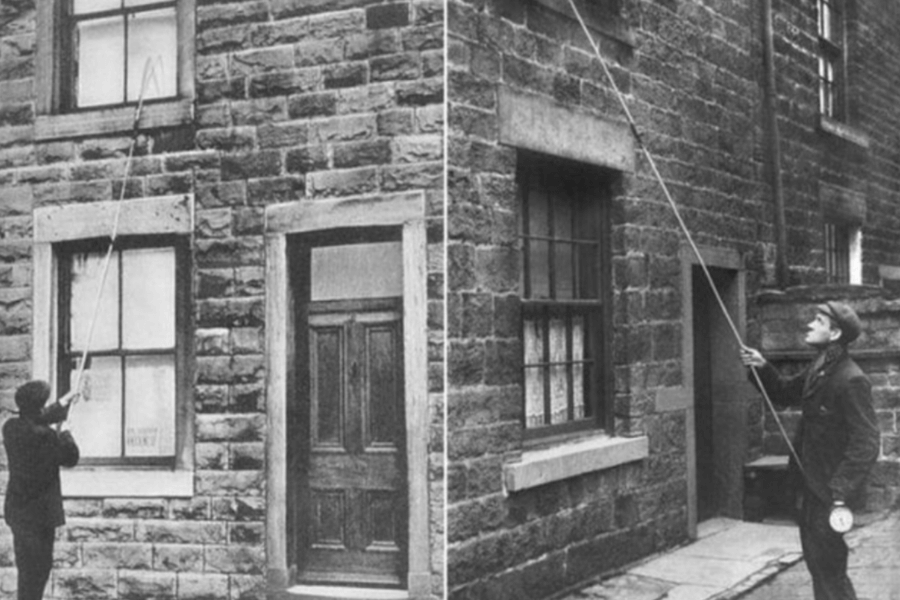
Before alarm clocks, people hired knocker-ups to wake them up for work. These walking snooze buttons banged on windows with sticks or shot peas at them until people got up. (You won’t wake up, huh?)
Some even stood outside homes for minutes, yelling until their client responded. If you thought your alarm clock was rude, imagine a grown man throwing dried peas at your face every morning.
The job disappeared as alarm clocks got cheaper. But the question is… how can we hit the snooze button on a knocker-up? Do we ask them to leave?
The Groom of the Stool: Royal Bathroom Assistant
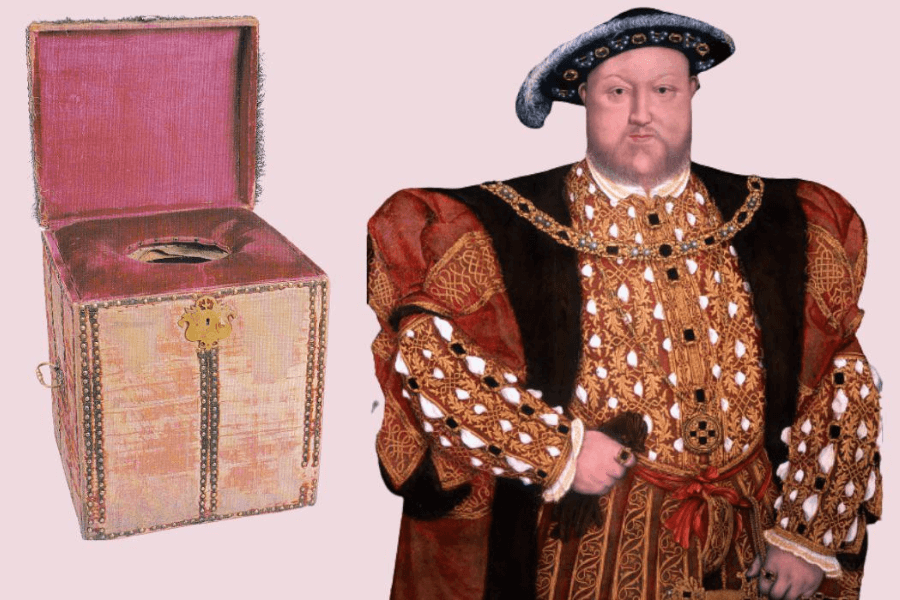
This unlucky court servant had one duty: help the king with his bathroom business. Yes, that means wiping, cleaning, and making sure everything was… handled properly.
Shockingly, this job was considered prestigious because it granted direct access to the king. (Nah, no thanks.) It was a great way to overhear political secrets—though at a very, very high cost.
Eventually, indoor plumbing and basic dignity made this job obsolete. But it does make you wonder—who’s really running the country if the king can’t even wipe himself?
The Leech Collector: Human Bait for Bloodsuckers
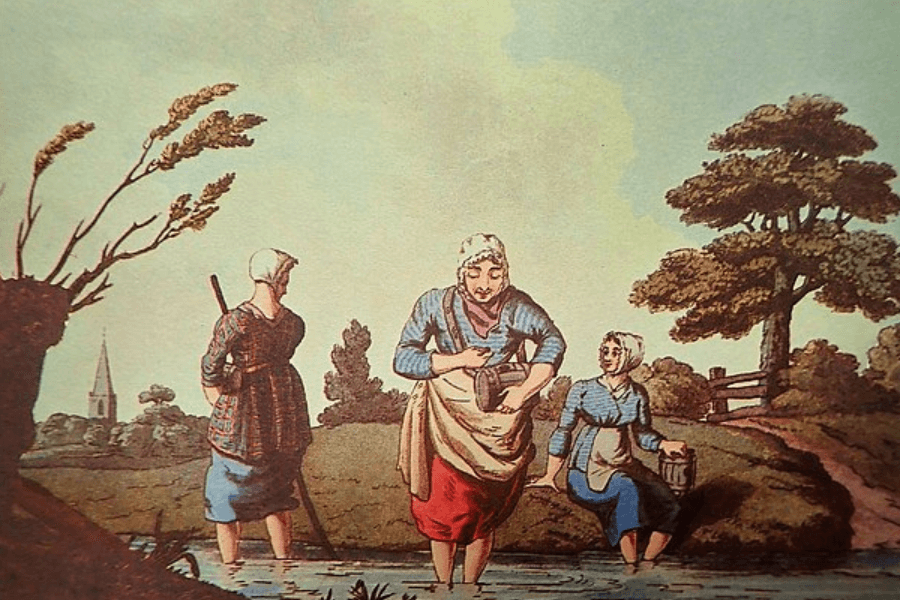
Way back, doctors believed LEECHES could cure almost anything. Enter the leech collector, a brave soul who waded into swamps and let leeches latch onto their skin for harvest.
Once their limbs were covered in slimy, bloodsucking parasites, they’d peel them off and sell them to doctors. This was considered a respectable job, even though it was basically voluntary blood donation.
Modern medicine eventually realized that draining blood wasn’t the cure for everything. Oh, Thank you, Science! Leech collectors disappeared, but the trauma of their job lives on in every horror movie ever.
The Plague Doctor: Medieval Medicine, but Make It Terrifying
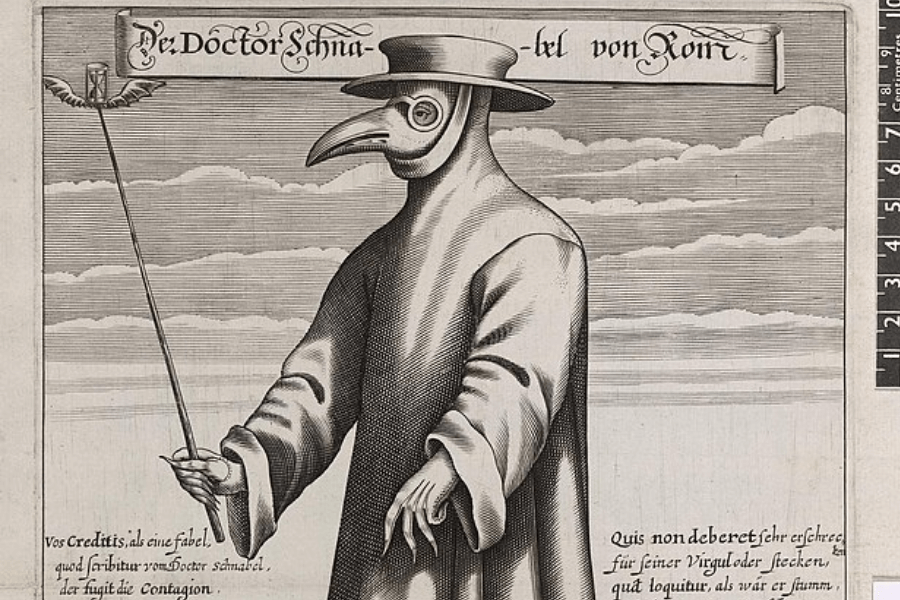
During the bubonic plague, these masked doctors roamed the streets in terrifying bird-like outfits. (Honestly, they look like comic characters!) They believed the long beak, stuffed with herbs, would protect them from disease.
Plague doctors were as ineffective as they were horrifying. Their treatments included bloodletting, random potions, and sometimes literally poking buboes with sticks. Not exactly confidence-inspiring.
Medicine has somewhat improved since then. Today’s doctors may have terrifying bills, but at least they don’t show up to your bedside dressed like a haunted Venetian nightmare.
The Sin-Eater: Consuming Your Sins for a Price
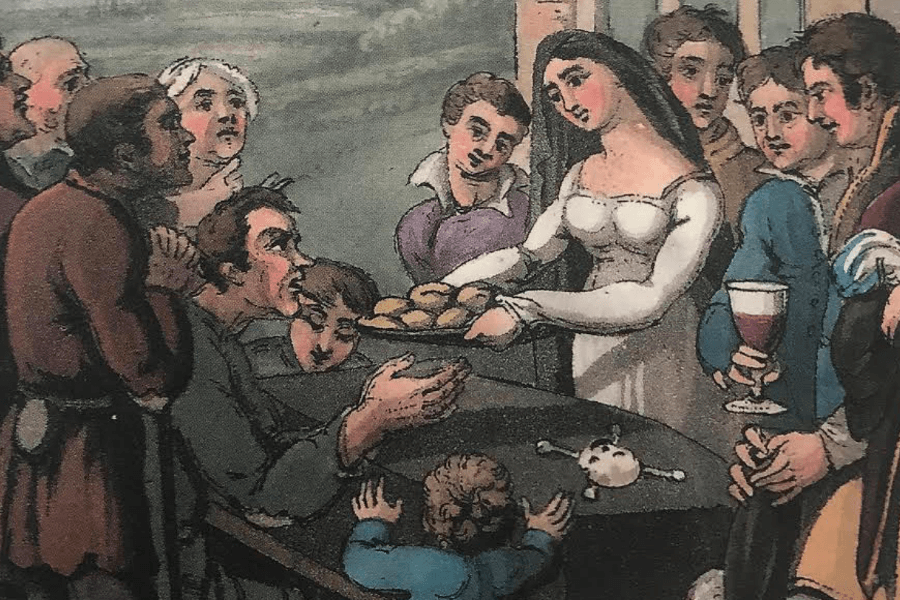
In medieval Europe, some families hired sin-eaters to consume a meal over a dead person’s body. Yes, a dead person! The belief? The food absorbed the deceased’s sins, which the sin-eater then “took on.”
These poor souls were spiritually overloaded, paid in bread and soup to inherit all the bad karma of the dead. Essentially, they were walking, breathing human trash bins for sin.
Nobody wanted to hang out with sin-eaters for obvious reasons. Eventually, people figured out that maybe personal responsibility should exist, and the job vanished.
The Mudlark: Treasure Hunting in Sewage
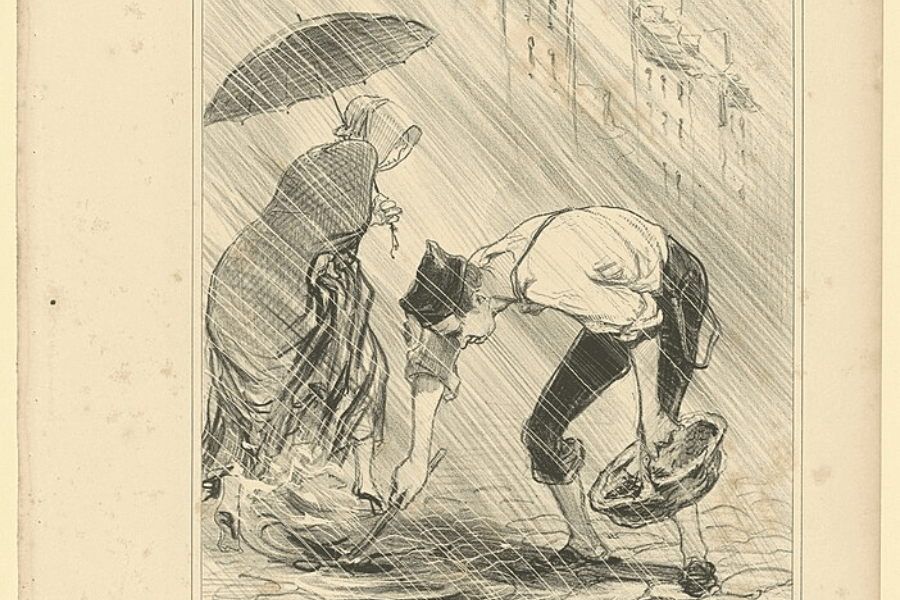
In 18th-century London, some people made a living digging through river sludge, looking for valuables. Mudlarks waded into the disgusting, disease-ridden Thames River, hoping to find coins, tools, or dead rats to sell.
It was back-breaking, disgusting work, and they often competed with actual scavenger birds for the best finds. One minute you’re holding a coin, the next, a seagull is attacking your face.
Sanitation improved, and so did basic human standards. These days, the only people sifting through garbage for treasure are hipsters at flea markets.
The Fuller: Dancing in Pee for a Paycheck
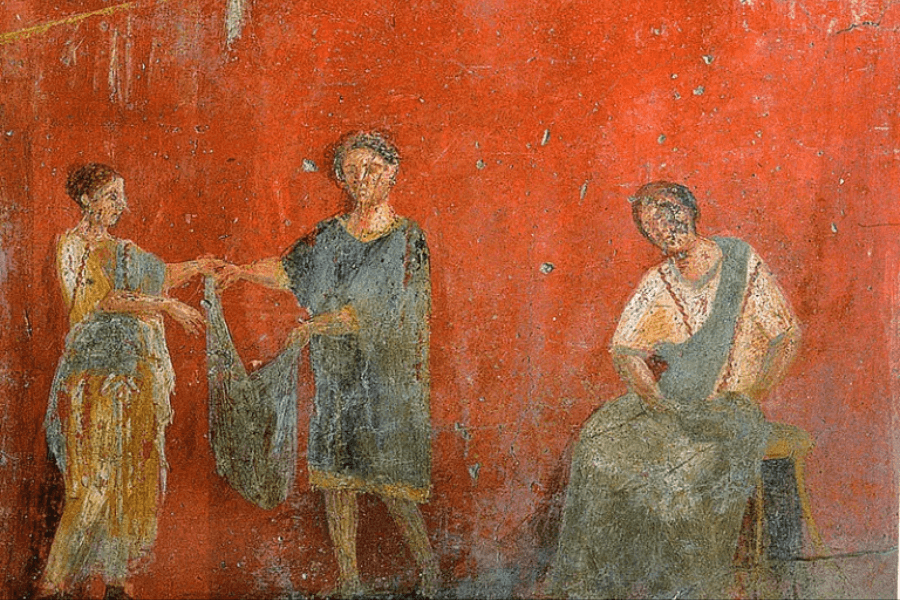
Thank modern detergents once you read this story! People cleaned wool by stomping on it in vats of urine. Yes, you read that right—wool was softened and washed by human feet in literal pee.
Fullers were essentially the medieval version of a washing machine, except their job was smelly, exhausting, and deeply unsanitary. The wool? Shockingly fresh and fluffy.
Eventually, people figured out that maybe fabric didn’t need a urine bath to be soft. Fullers vanished, leaving behind a long, unforgettable legacy of grossness.
The Armpit Sniffer: Testing Deodorant the Hard Way
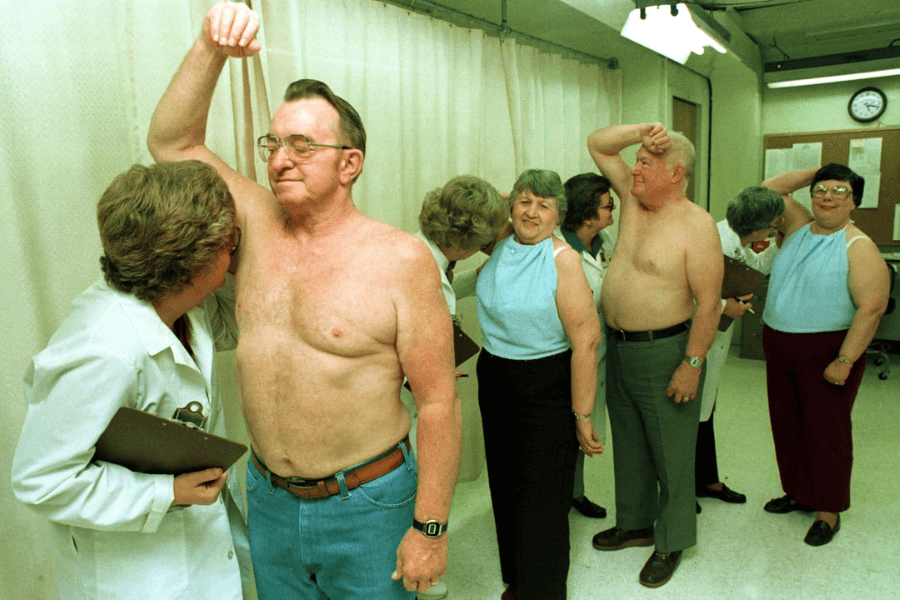
Did you know that human beings were hired to sniff armpits to test deodorants and antiperspirants? That’s right—people shoved their faces into strangers’ pits for science before they invented fancy lab equipment.
These professionals would record sweat levels, odor intensity, and overall smell quality. Some worked eight-hour shifts just inhaling B.O., like some twisted, unpaid punishment.
The job still exists today but with more sanitary protocols. If you’ve ever wondered why deodorant commercials are so confident, just remember: someone suffered for that.
The Ostrich Jockey: Bird Racing for the Truly Unhinged
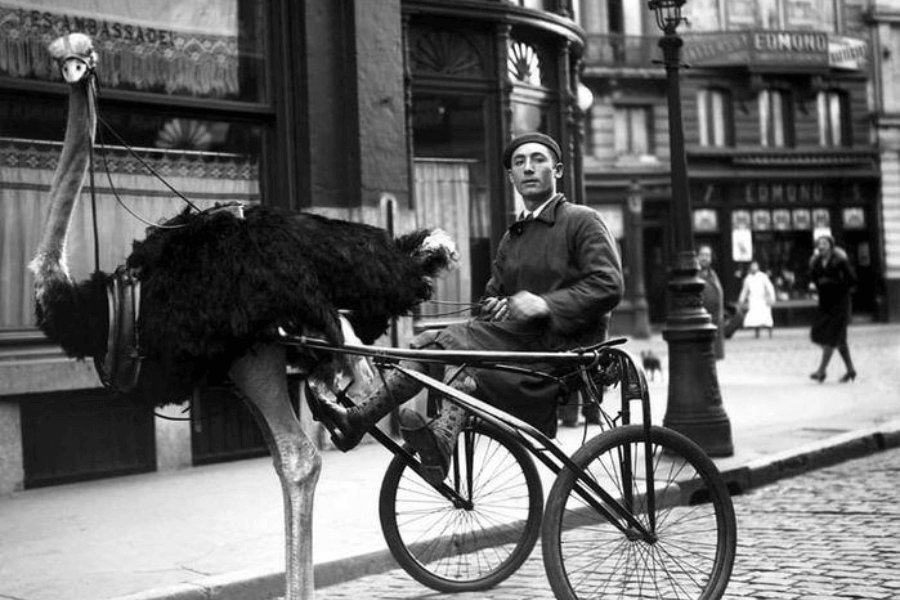
At some point in history, some genius looked at a seven-foot-tall, angry, flightless bird and thought, “Yeah, we should race those.” And thus, ostrich jockeys were born.
These riders were paid to saddle up and attempt to steer these feathered nightmares at full sprint. But ostriches don’t like being controlled! They peck, they kick, and they can hit 60 mph.
Ostrich racing technically still exists in small pockets of the world, but thankfully, we mostly decided to stick with horses—because controlling a 1,000-pound bird missile is a terrible career move.
The Fish Flogger: Beating Fish for “Freshness”
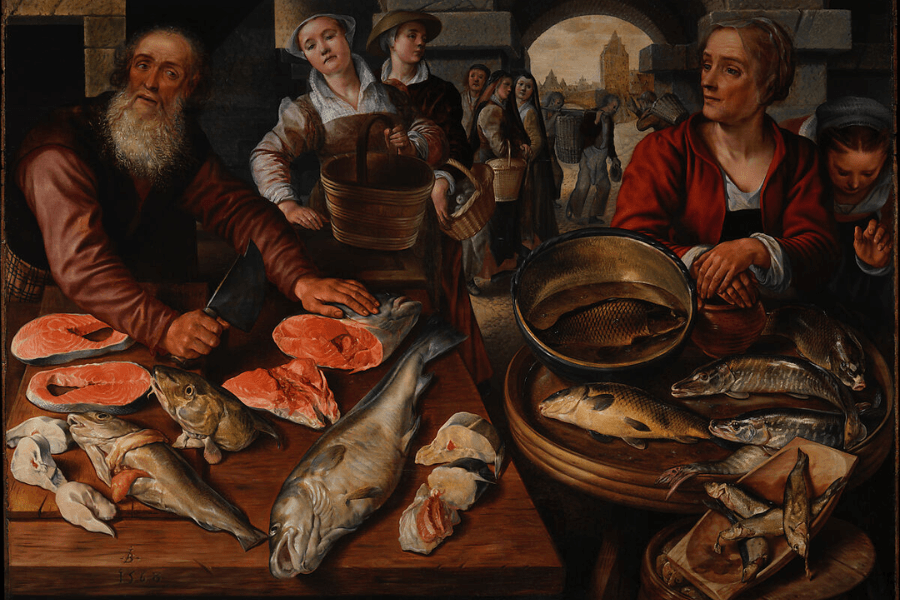
Imagine a world without refrigeration. Fish sellers had a weird trick to make their stock look fresher—they hired people to beat the fish with sticks so they’d look “plumper” on the market stall.
This completely useless and scientifically questionable method was believed to make fish seem livelier, as though a good smack could reverse the process of death. (It didn’t.)
Thank God refrigeration and basic common sense killed the job. Now, the only place you’ll see a fish getting slapped is in a bad comedy sketch—or your nightmares.
The Body Stacker: The Grim Reaper’s Assistant
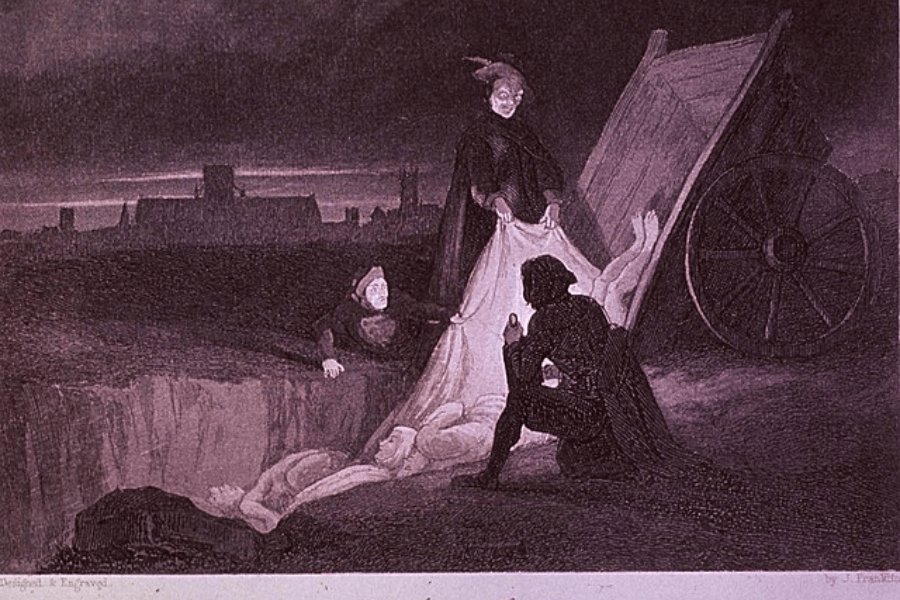
During plagues and pandemics, cities literally ran out of places to put the dead. Enter the body stackers—people paid to pile up corpses in mass graves.
Armed with nothing but a cart and a general disregard for germs, these workers hauled plague-ridden bodies from homes to graveyards, stacking them like macabre Jenga towers.
Needless to say, this job was incredibly short-lived—most body stackers didn’t make it past a few weeks before joining their own “inventory.”
The Knock-Off Hermit: Rich People’s Personal Wizard
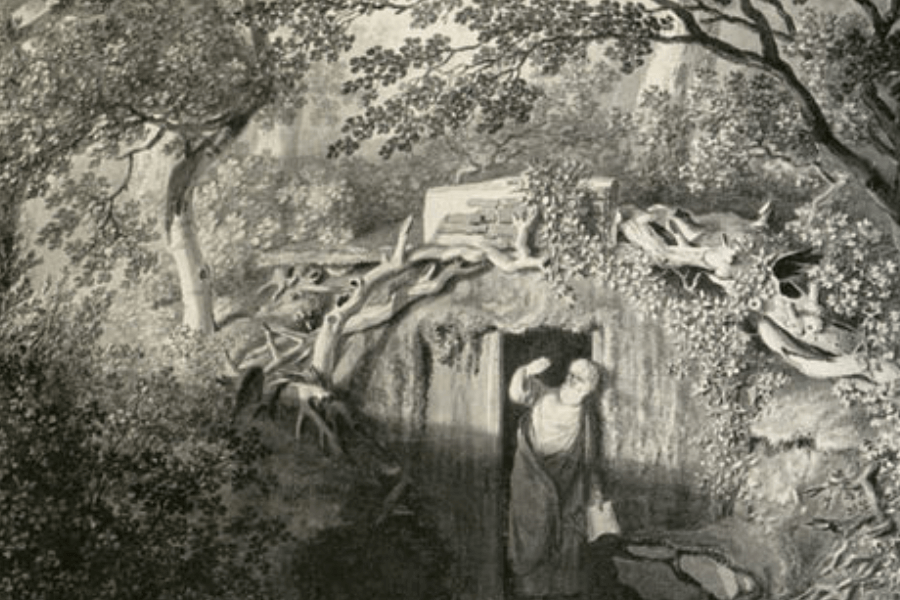
Wealthy British aristocrats in the 18th century wanted their gardens to look “wise and mysterious.” So, instead of planting a few trees, they hired actual people to live in caves.
These “garden hermits” were paid to dress like druids, never bathe, and act as mystical beings. Guests would wander the property and, oh look, there’s a sad old man in a robe!
The job faded once rich people found new ways to waste money, but honestly, considering modern social media influencers, maybe it just evolved.
The Human-Computer: Math with No Mercy
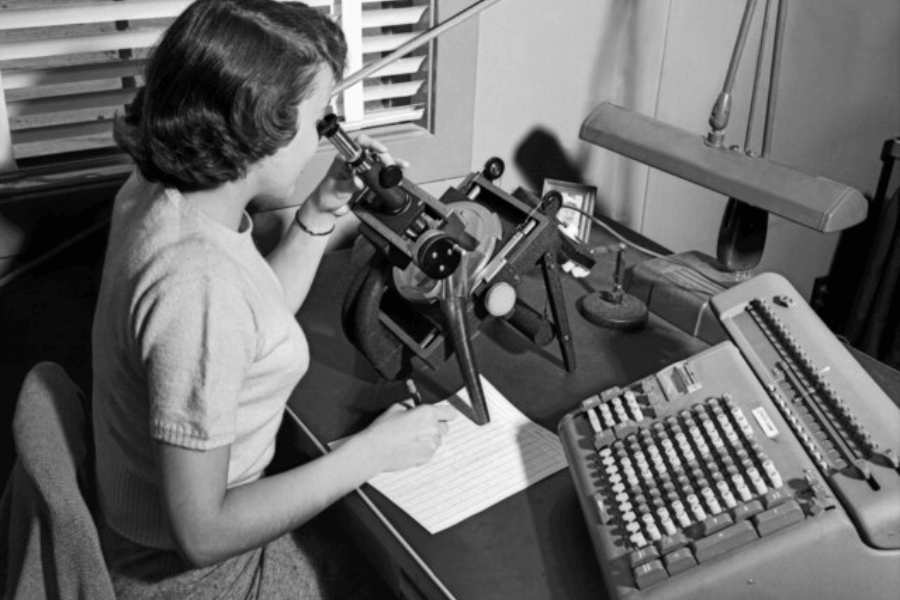
Forget electronic computers for a bit! Were you aware that companies hired people to do complex calculations by hand? These human calculators worked for banks, astronomers, and governments, solving mind-melting equations all day.
This wasn’t your average high school algebra quiz. These workers crunched thousands of numbers daily, manually checking and rechecking because one mistake could be disastrous.
The job vanished when actual computers took over—because, surprise! People don’t want to spend their entire lives drowning in math.
The Dog Whipper: Official Church Dog Bouncer
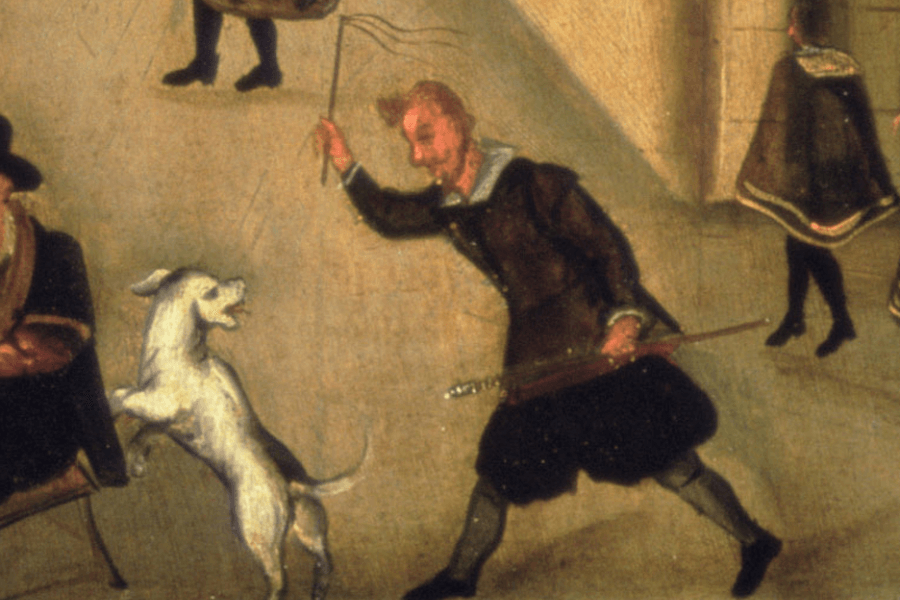
Back when people brought their dogs to church (because why not), things got chaotic. To keep services from turning into barking brawls, churches hired professional dog whippers.
What did they do? Patrol the aisles with a whip and chase out unruly dogs that dared to interrupt the sermon if a pup got too rowdy, WHACK!—straight out the door.
Finally, wisdom worked! People realized they could just leave their dogs at home (genius!), and the profession disappeared. But honestly, imagine how much more exciting the church would be today with a professional dog wrangler.
The Human Canary: Testing Poisonous Air with Your Lungs
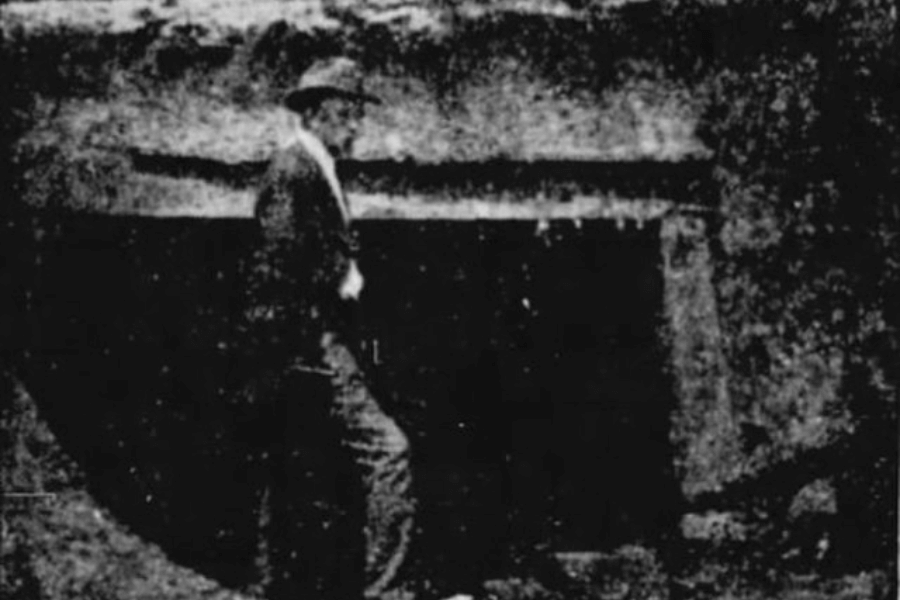
No one should underestimate modern safety gear! Way back, miners needed a way to check if the air was toxic. So, they sent in a guy first. If he collapsed, no one else went in.
That’s right—before canaries, actual humans were the test subjects for deadly gas leaks. Surprise! It was not a great career for longevity.
Canaries eventually took over the job, but if you ever think your boss doesn’t care about you, just remember—at least they aren’t using you as an oxygen detector.
The Powder Monkey: Child Soldiers, But Make It Worse

Let’s explore the age of naval warfare when ships needed someone to carry gunpowder to the cannons. Who did they hire? Tiny children, of course!
Powder monkeys were kids as young as 8, dodging explosions and bullets to keep the cannons firing. It was not a job for the weak—or anyone who valued not being blown up.
Thankfully, people realized that maybe handing explosives to toddlers wasn’t the best idea. Today, “powder monkey” is just a cool-sounding insult for someone doing all the grunt work.
The Rat Catcher: The Most Thankless Job Ever

Rats everywhere? Who do you call? Ratcatcher! Before modern pest control, rats were all over the place—especially in cities filled with trash, filth, and bad life choices. Rat catchers were our heroes!
Some carried trained ferrets to flush out the rats, while others literally grabbed the rodents with their bare hands because, apparently, gloves weren’t invented yet.
Despite the risks of bites, disease, and the occasional rat uprising, they did their jobs—until proper sanitation finally made rat-wrangling a hobby instead of a career.
The Lector: The Original Office Podcast

If you love radios, aren’t you curious about the world before it was invented? Factory workers needed something to keep them entertained while doing mindless, repetitive tasks. So, companies hired lectors!
They recited books, newspapers, and fiery political manifestos, turning factories into one big audiobook session. Basically, they were Spotify before Spotify.
Time came… radios and the invention of boredom tolerance killed the profession. Do you think workplaces could use a few more professional storytellers?
The Human Scarecrow: Bird-Bothering for a Living

Wondering why scarecrows are shaped like humans? That’s because scarecrows originally had humans standing in fields, flailing their arms to keep birds away. Yes, that was a full-time job.
Farmers would hire young boys to stand in the sun for hours, waving sticks, shouting, and occasionally throwing rocks at particularly stubborn crows. The pay? You better not ask. It will break your heart.
Whoever experimented with the stick-and-straw scarecrows, we thank you. It turns out it worked well! We don’t need human scarecrows anymore. If flailing and yelling could still be a job today, half of Twitter would be millionaires.
The Resurrectionist: Black Market Corpse Thief
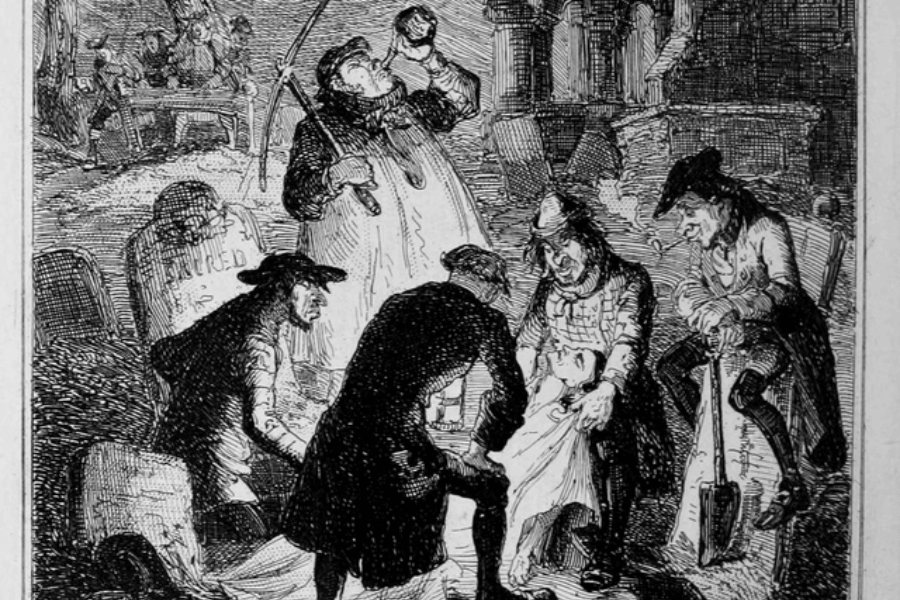
Ever wonder how medical schools get their cadavers for study? Well, donating your body to science wasn’t really a thing. So, doctors paid criminals to dig up fresh graves and steal corpses.
Resurrectionists were basically grave robbers with a business plan, supplying doctors with “research material” under the cover of night. Some even got tired of waiting for natural deaths and sped up the process themselves.
Laws eventually changed, making body donation legal and far less murder-y. But was the fact that “professional corpse thief” ever a legit job? Absolutely insane.
The Herb Strewer: Medieval Air Freshener
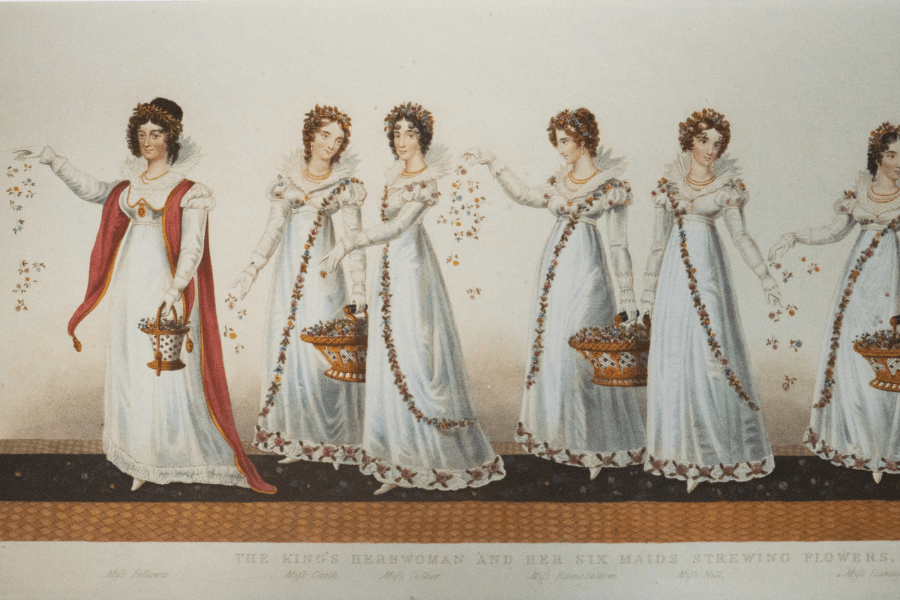
Before soap was widely embraced (ew), people just covered bad smells by throwing herbs on the floor. Rich people hired professional herb strewers to scatter fragrant plants across their homes.
These workers would choose the best-smelling herbs, walk through palaces flinging them like medieval Febreze, and occasionally stomp them into the floor to release extra scent.
The job died when people discovered bathing and open windows. However, considering how some locker rooms still smell today, we could use a few herb strewers in modern life.
The Funeral Clown: Honoring the Dead with Terrible Jokes

Ancient Romans took funerals very seriously—so seriously that they hired funeral clowns to dress up like the deceased and mock them at their own service.
These clowns wore masks of the dead person’s face, cracked jokes, and made impressions of them to “ease the grief.” Because clearly, nothing helps to mourn like a clown pretending to be your grandma.
The job thankfully vanished as people realized maybe not every funeral needs a stand-up set. Imagine the Yelp reviews for a bad funeral clown.
The Tavern Torcher: The Most Dangerous Job in Nightlife
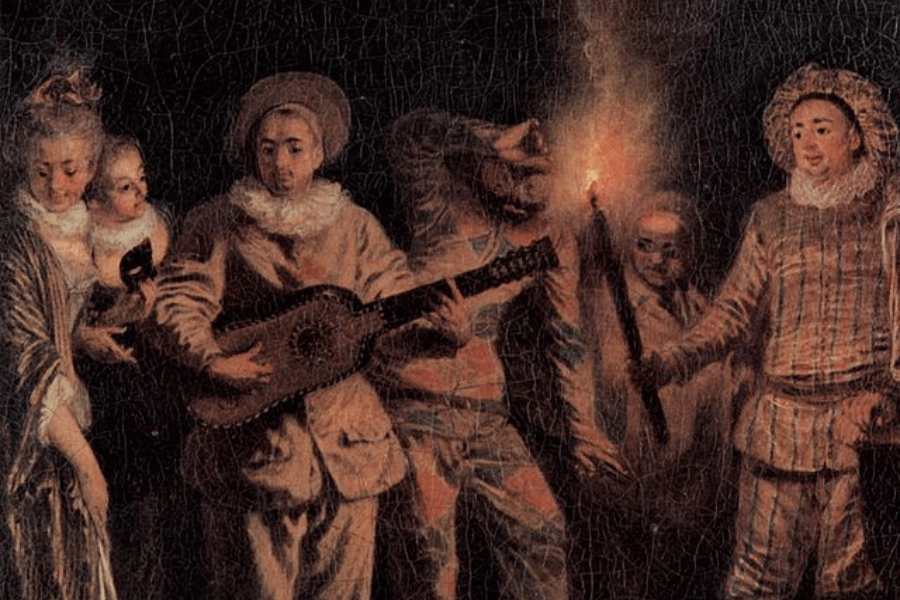
Without streetlights illuminating the past, bars and taverns needed visibility. So, to solve that, they hired someone to set giant torches outside drinking establishments so people could find their way in the dark.
Tavern torchers lit massive open flames right outside wooden buildings, often while drunk people stumbled in and out. Surprisingly, many taverns burned down (shocking, right?).
With the invention of actual streetlights, the job disappeared—but the legacy of bad fire safety decisions lives on in every backyard bonfire accident.
The Town Clock-Winder: The Guy Who Kept Time Moving
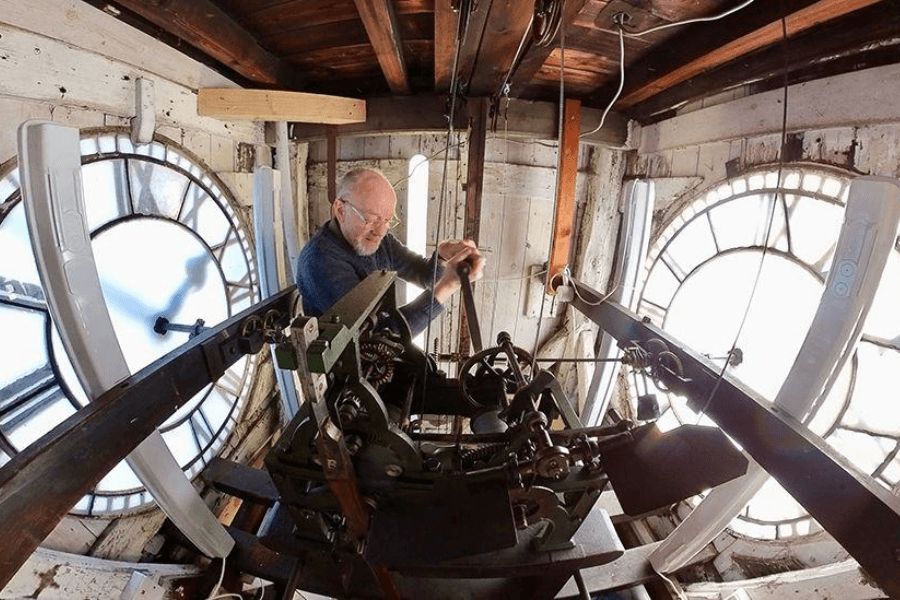
Look at the modern clocks’ mechanism. Effortless, right? But in the past, someone had to manually wind the town’s clock tower—and if they forgot, the whole town would have no idea what time it was!
This job involved climbing dangerously high, cranking heavy gears, and occasionally getting stuck inside giant clock mechanisms like a bad cartoon villain.
Electric clocks eventually killed the profession, but we still don’t trust people to be on time, even with digital watches. My friends are still late for our dinner. How about you?
The Ice Cutter: The Human Freezer
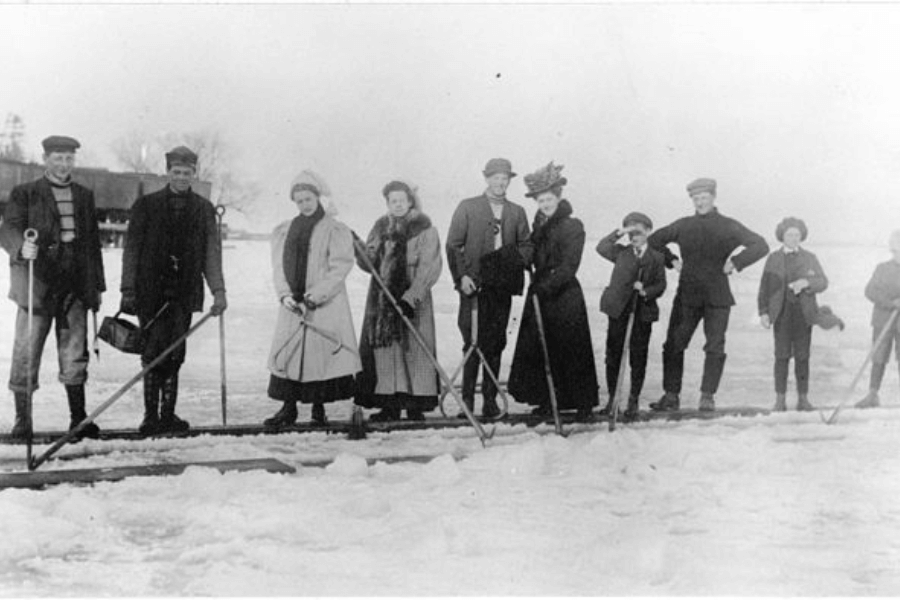
When rich people needed ice before the refrigeration era, and since they couldn’t just order it on Amazon, someone had to hack it out of frozen lakes with saws and axes.
These people spent winters on frozen lakes, carving giant ice blocks and hauling them into storage without falling in and dying (which was not guaranteed).
It was exhausting, freezing, and deadly, but it made summer lemonade possible. Refrigeration put them out of business, but honestly, good riddance—nobody should risk drowning for someone’s iced tea.
The Cat Meat Seller: The Most Cursed Job Ever
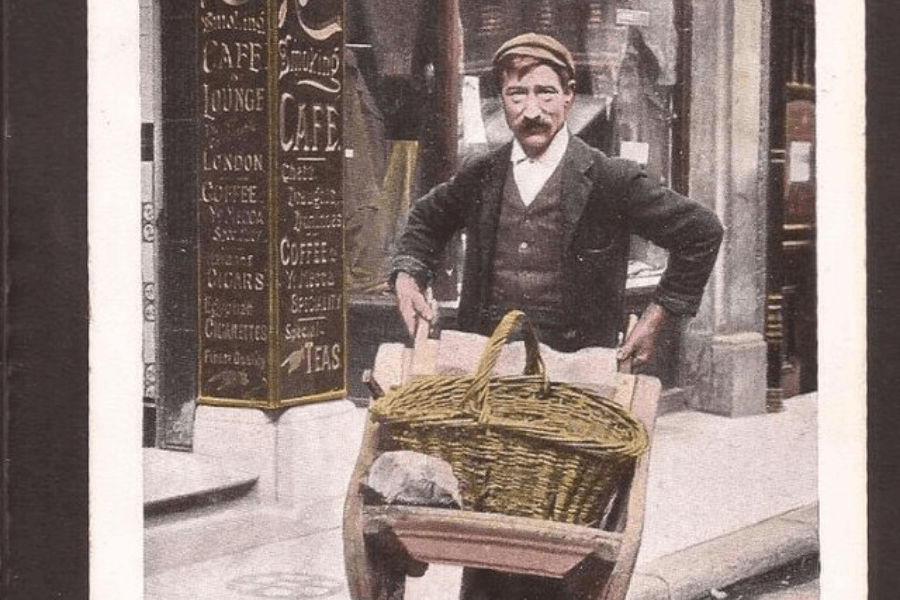
In 18th and 19th-century London, people needed cheap meat for their pets—so vendors roamed the streets selling butchered cat meat. Yes, cat meat. Poor catto.
These cat meat sellers walked around with baskets full of fresh feline fillets, calling out to customers like a haunted street vendor of nightmares.
Pet food companies thankfully put an end to this job, but if you ever hear someone complain about modern pet food prices, just remind them it used to be… well, cats.
The Whistle Boy: Human Sound Effects for Kings
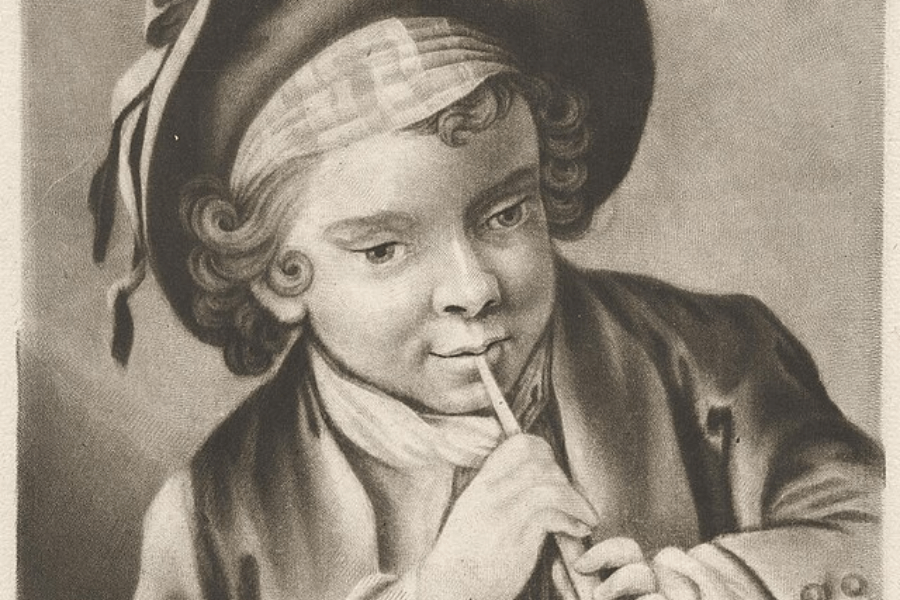
Some medieval courts hired kids to whistle every time the king entered or left a room—because, apparently, royalty needed their own theme music.
These kids stood in hallways all day, waiting for the king to walk by so they could unleash a single, glorious whistle. And that was it. That was the whole job.
One missed whistle? Probably fired. Too enthusiastic? Also fired. At last, someone realized bells existed, and the whistling workforce was sent home forever.
The Chair Tester: Royal Butt Comfort Inspector
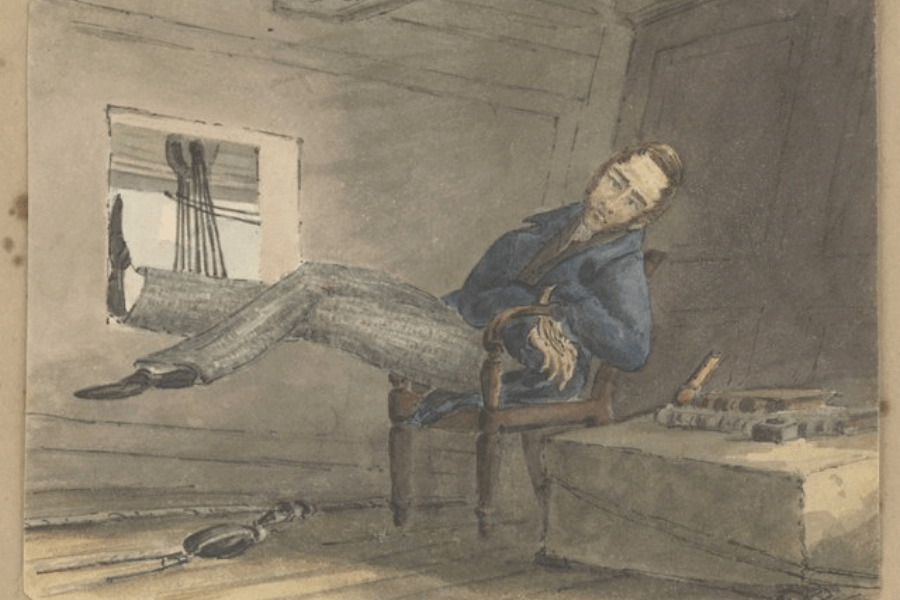
Royalty didn’t just sit on any chair—oh no, hate to break it to you, but they needed someone to sit on it first to make sure it was comfortable. Thus, the chair tester was born.
This person’s entire job was to sit on thrones, benches, and chairs before the king did—just to ensure maximum butt comfort. Talk about sacrificing yourself for the greater good.
The job fizzled out when kings realized they could just sit down and judge for themselves—but some CEOs today would totally bring this job back.
The Badger Tamer: Trying to Domesticate Pure Rage
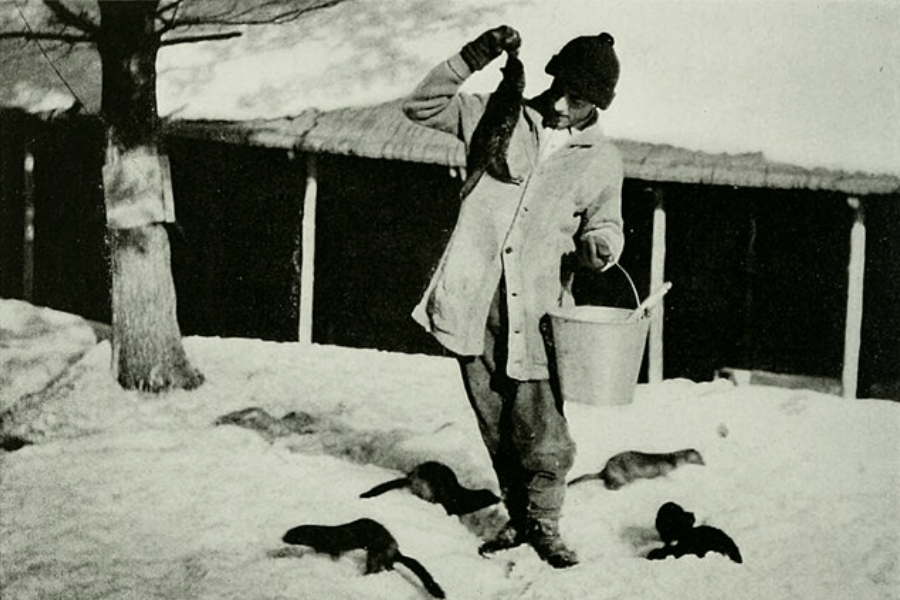
Once upon a time, people thought, “Hey, badgers seem chill. Let’s train them.” Even though badgers are NOT chill. Badger tamers were hired to capture, train, and sell these angry fur demons as pets.
Their job involved wrestling wild badgers into submission, trying to teach them tricks, and hoping they wouldn’t get their fingers bitten off. Shockingly, it rarely worked.
It took them some time to realize that badgers are not meant to be house pets. The job vanished, leaving behind a single life lesson: not everything needs to be domesticated.
The Gong Farmer: The Ultimate Poop Collector
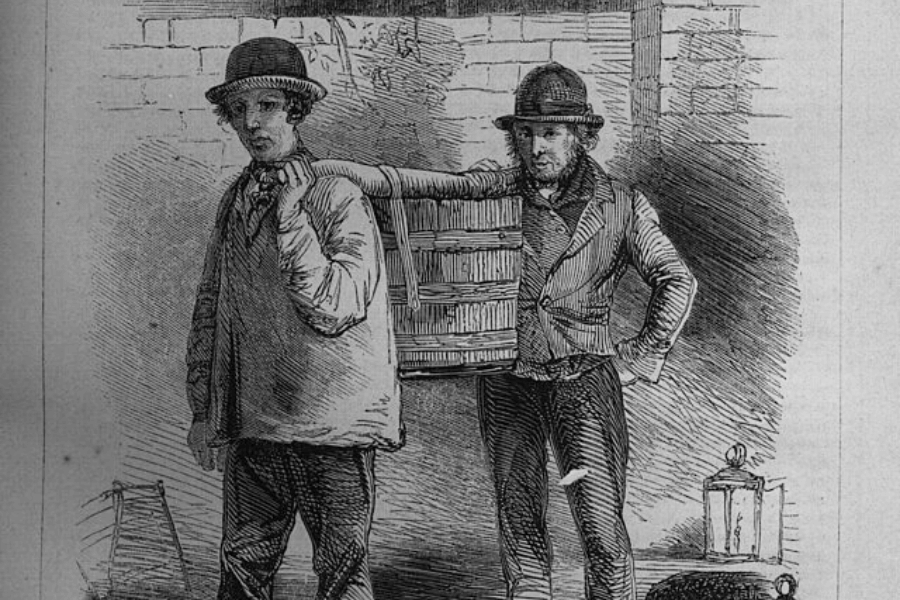
This job better not return forever! Somebody had to deal with all the human waste—and that unlucky soul was the gong farmer. They shovel raw sewage out of cesspits and transport it out of town.
They worked at night, partly because of the smell but mostly so people didn’t have to see the horror in action. And if you think they were paid well—oh no, they were paid barely anything.
Modern sewage systems eventually saved the day. But if you ever complain about your job, just remember—at least you’re not knee-deep in medieval toilet soup.
The Beer Taster: A Great Job… With a Catch

Beer tasters weren’t just sampling ales for fun—they were checking for poison. That’s right: if someone tried to assassinate the king via a spiked IPA, guess who died first?
These unlucky souls drank from every royal cup before it reached the king’s lips; if they survived, cheers! If not… well, it’s time to hire another one.
It was basically Russian roulette with beer. The job disappeared when royals stopped getting poisoned so much—but why do we think some hipsters would still apply today? Who knows?
The Execution Cleaner: Post-Beheading Cleanup Crew
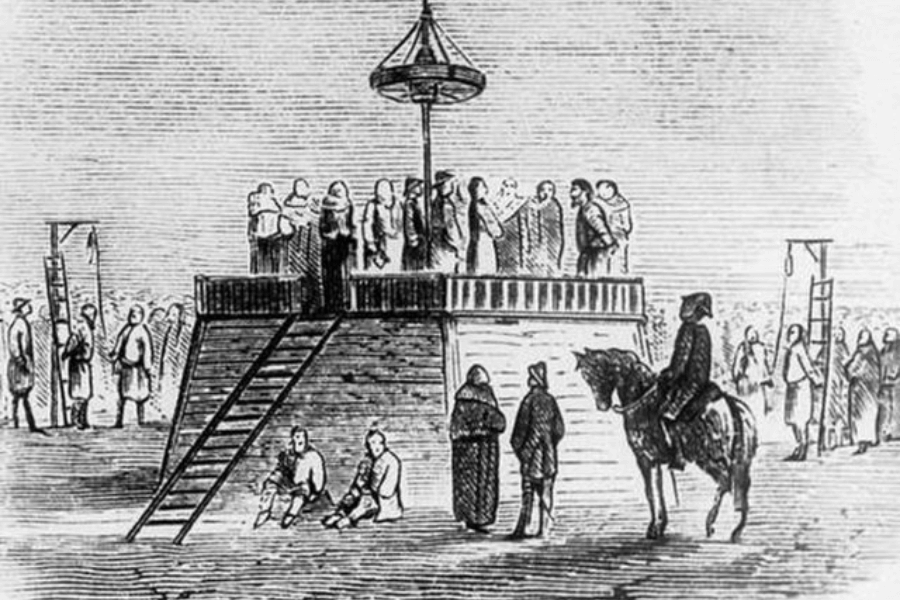
Going back to the “off with their heads!” era, public executions were a big deal—but somebody had to clean up the mess. So, they have execution cleaners!
They mopped up blood, gathered body parts, and prepped the site for the next victim. Sometimes, they had to reattach heads for display—because nothing says justice like a rotting skull on a spike.
The job ended when public executions became less trendy. We’re all grateful! But if you ever wonder where horror movie ideas come from—this is it.
The Town Crier: The Human Twitter Feed
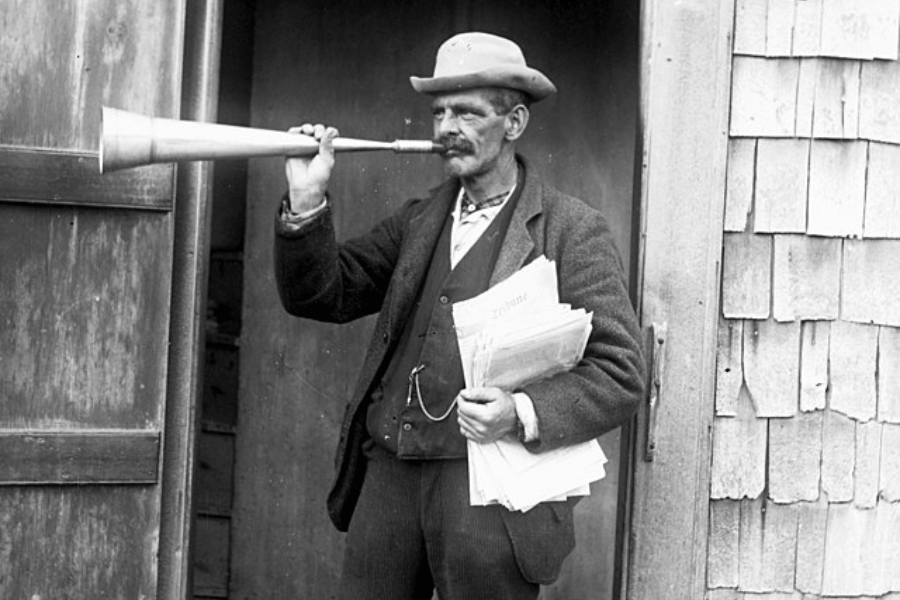
This was the only way people got the news, which was by listening to a guy scream it in the streets. That guy? He’s the certified town crier.
Dressed in over-the-top outfits, he rang a bell and shouted everything from government updates to juicy gossip. He was basically a medieval influencer but with a much louder voice.
Once newspapers and radio took over, the job vanished. To be honest, we’d all prefer a town crier over clickbait headlines.
The Royal Foot Tickler: Tickling for the Throne
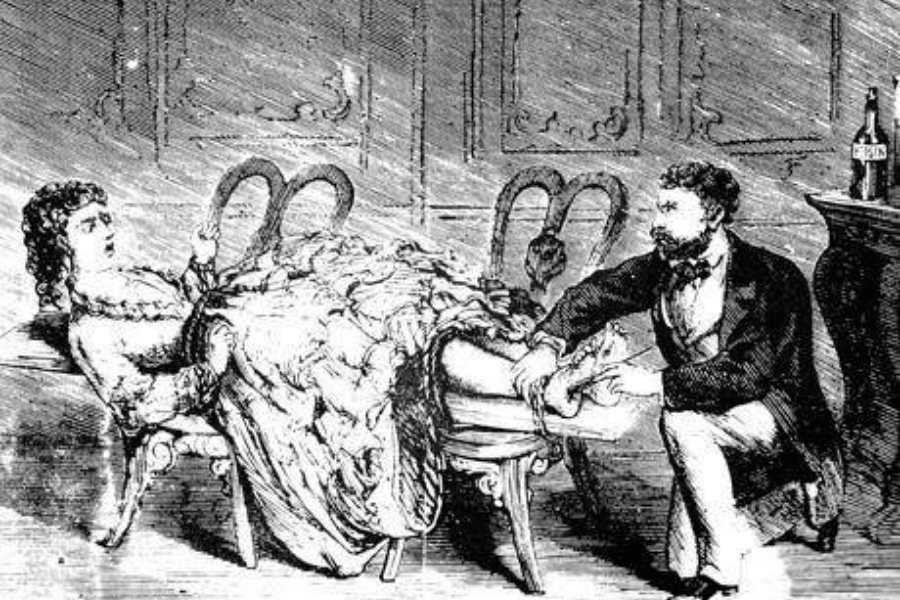
Some ancient rulers, particularly in China, were so obsessed with relaxation that they hired people to tickle their feet for hours. Yes, a full-time foot tickler was a thing.
The job required a delicate touch, as the goal was to induce laughter without annoying the royal (or worse—getting executed for bad tickling). Imagine the pressure of keeping a king entertained with just your fingers.
Here comes foot massage technology and basic dignity, which ended the profession. But if a foot-tickling monarchy returns, you’d better start practicing.
The Human Billboard: Advertising Before It Was Cool
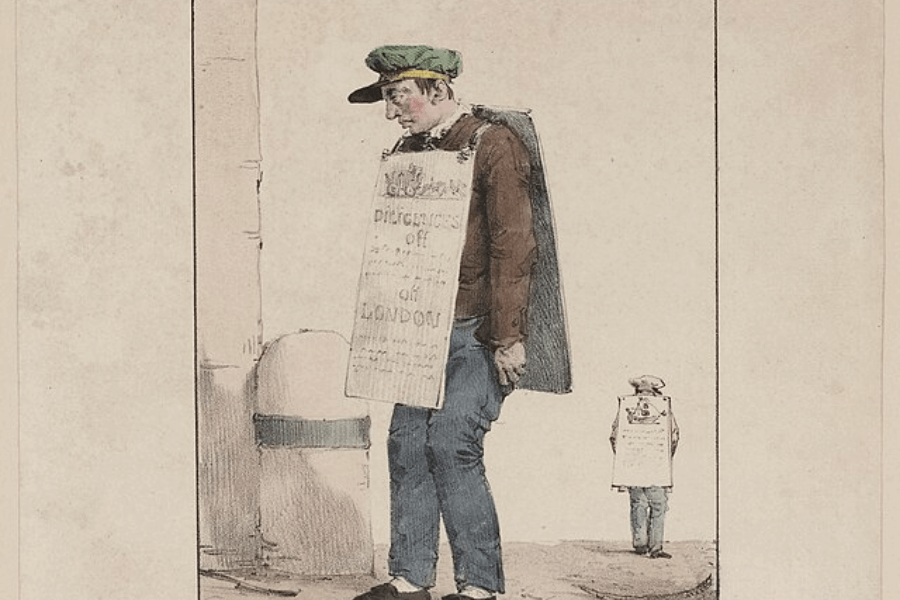
You see those flashy billboards on highways now? Before, businesses just hired people to walk around wearing giant signs. Yes, being a human sandwich board was an actual career.
They stood on street corners, paraded through markets, and sometimes even shouted slogans—like a walking, talking medieval pop-up ad. Except you can’t tap the x button!
With the invention of real billboards, the job mostly disappeared—though, let’s be honest, modern mascots dancing outside fast-food joints are basically its reincarnation.
The King’s Food Warmer: Human Microwave
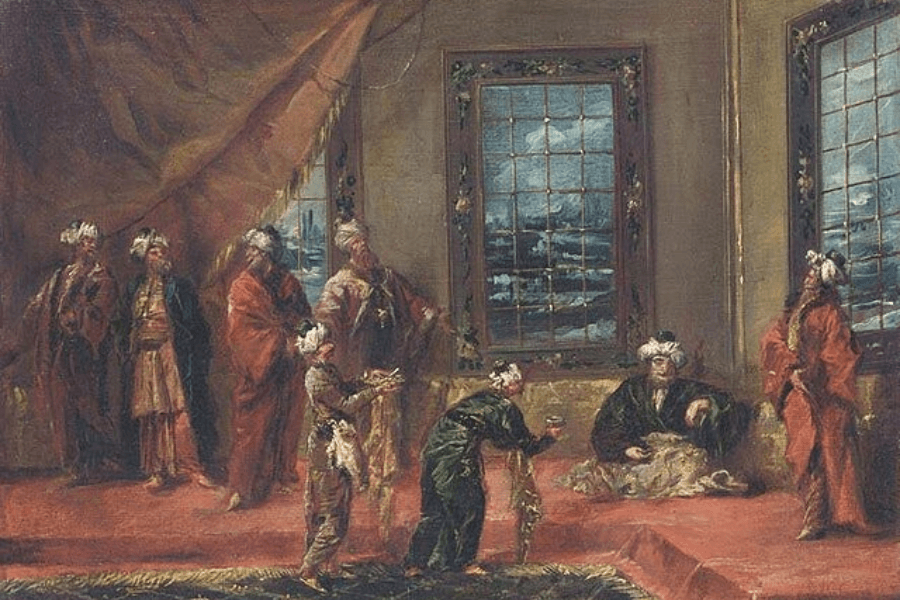
Royalty refused to eat cold food, so instead of using a heat source, they just hired a person to sit on their food trays and keep the meals warm.
Yes, their job was literally to use their butt as insulation until the king was ready to eat. I wish I was making this up.
The job eventually faded away when someone invented lids—but somewhere, deep down, we know a billionaire would absolutely bring this back today.
The Train Pusher: Shoving People for Efficiency

In Japan’s busiest train stations, passengers were packed in so tightly that companies hired human train pushers to force more people into the cars.
These “oshiya” (literally “pushers”) wore uniforms and shoved passengers into trains like human Tetris blocks, ensuring zero wasted space.
The job technically still exists in some places, but modern trains are bigger, so less forced human stacking is required. But wow, what a time to be alive.
The Phrenologist: Reading Your Brain Like a Bumpy Roadmap
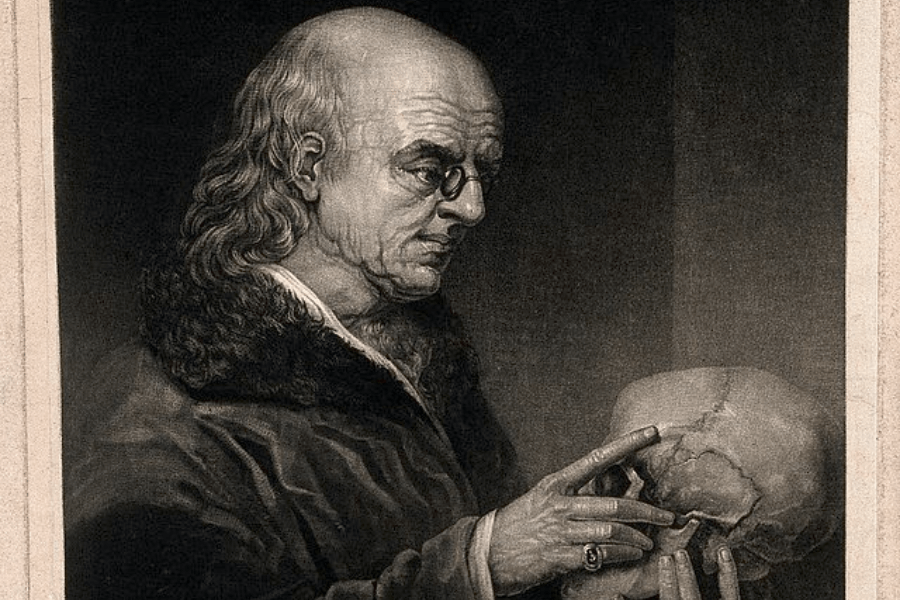
This one’s wild because people once believed that the shape of your skull determined your personality, intelligence, and criminal tendencies! Unfortunately, phrenology was a thing.
These professionals measured skulls, poked heads, and confidently declared things like “Ah yes, this lump means you’re good at math”—as if the human mind were a topographical map of success and failure.
Phrenology was eventually debunked as complete nonsense, but not before it influenced hiring decisions, matchmaking, and criminal justice. (Imagine getting denied a job because your forehead was “too suspicious.”)
The Lipstick Tester: A Job That Sounds Like a Fever Dream
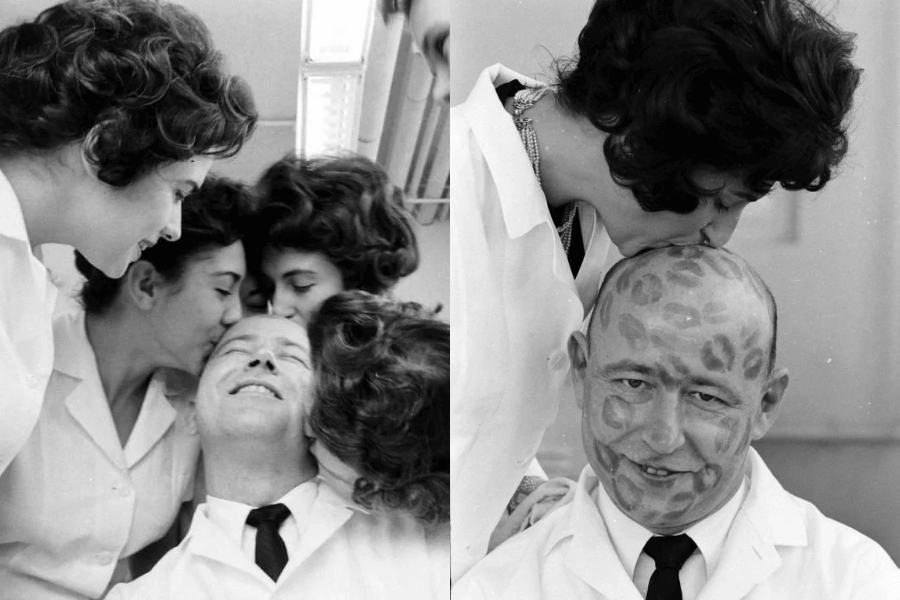
In the 1950s, before lab testing became sophisticated, cosmetic companies actually hired people to test lipstick durability the old-fashioned way—by kissing. Yes, this was a real profession. You can see it in the photo!
Volunteer women would apply lipstick and repeatedly smooch a designated tester, whose job was to sit there and get kissed all day long—purely for science, of course.
As the world became more advanced, sanitation laws, actual lab equipment, and a general sense of professionalism killed this job. But somewhere, some guy still claims he had “the greatest career of all time.”
The Puke Collector: Cleaning Up After the Party
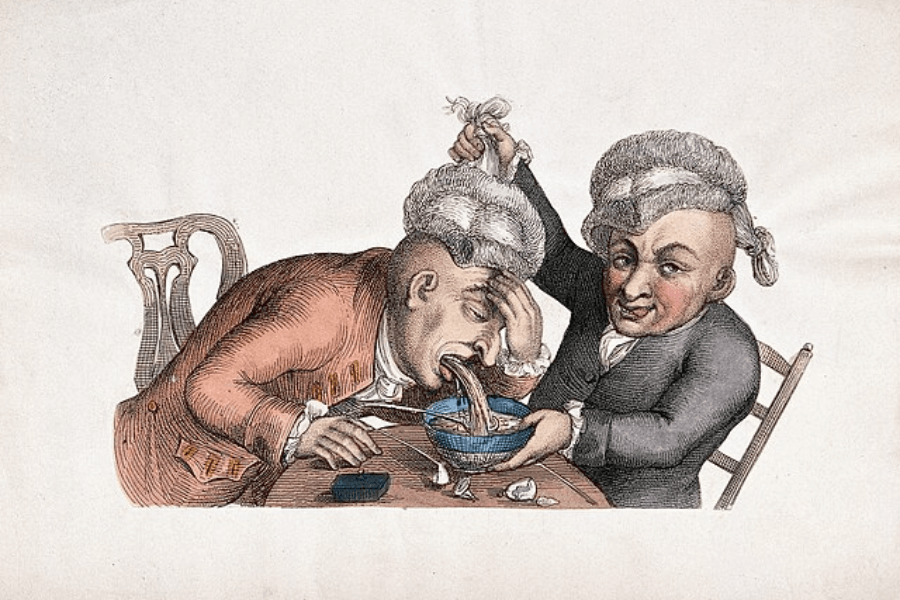
Ancient Romans were notorious for their over-the-top feasts—and when they ate too much, they just threw up and kept eating. Welcome, the puke collector!
These unfortunate workers were paid to clean up vomit during lavish banquets, ensuring that rich Romans could binge without consequences. (Would you dare do this job? Of course, in minimum wage.)
This job disappeared when society realized that maybe, just maybe, people could stop eating before their stomachs exploded. Eat moderately; the world’s not ending.
The Switchboard Operator: The Original Human Wi-Fi

We’re lucky that we live in the era of instant connectivity because back in the day, making a phone call wasn’t just pressing buttons—it involved an actual human being manually plugging cables into a switchboard!
Women mostly dominated this role because they were considered more polite (translation: companies thought people would complain less if a nice lady told them, “Please hold”).
By the 1980s, technology brutally replaced switchboard operators with machines. But today’s automated phone menus are just a ruder, slower version of the same job.
The Flatulist: Musical Farting for Fame and Fortune
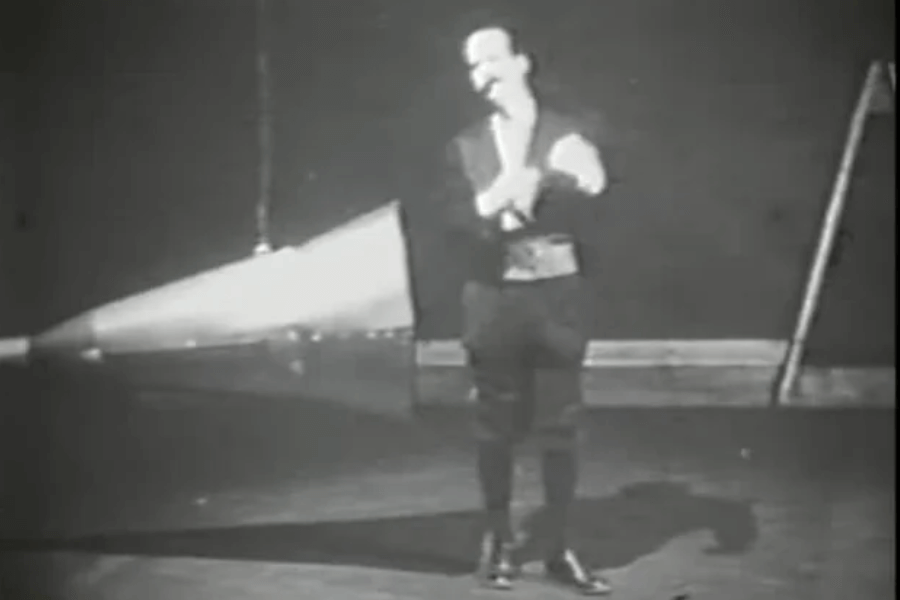
Long before Netflix, entertainment peaked with professional farters—performers who could break wind on command in impressive, comedic, and sometimes even musical ways.
These gas-powered comedians were beloved by medieval courts, where passing wind to a rhythm was considered high art. Some even performed duets with actual musicians. (Imagine explaining that on a résumé.)
The profession died out as society (wrongly?) decided flatulence wasn’t a respectable career. But really—fart jokes are still thriving. Ask your dad.
The Window Tax Inspector: The Pettiest Government Job Ever
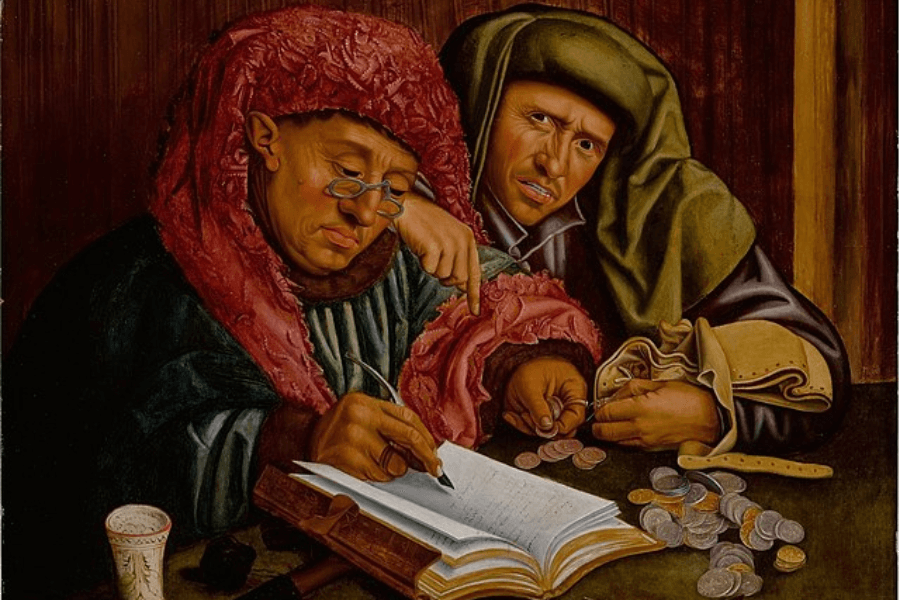
You might not believe this, but in 18th-century England, houses were taxed based on the number of windows they had (apparently, air and sunlight should cost money). And yes, someone was hired to count them!
These tax inspectors walked around town, peering into people’s windows to ensure that no one was illegally enjoying extra fresh air.
Of course, people got sick of the nonsense and just started bricking up their windows! The tax was repealed, and window inspectors were sent into the void where they belonged.




